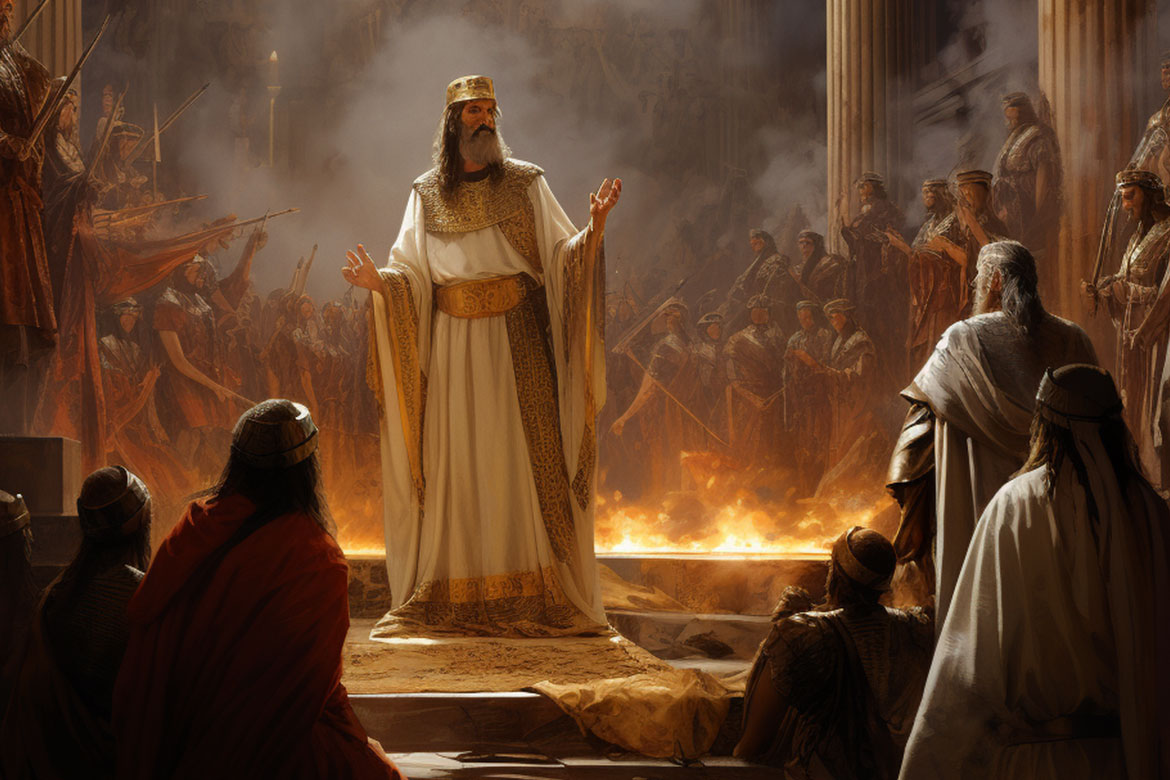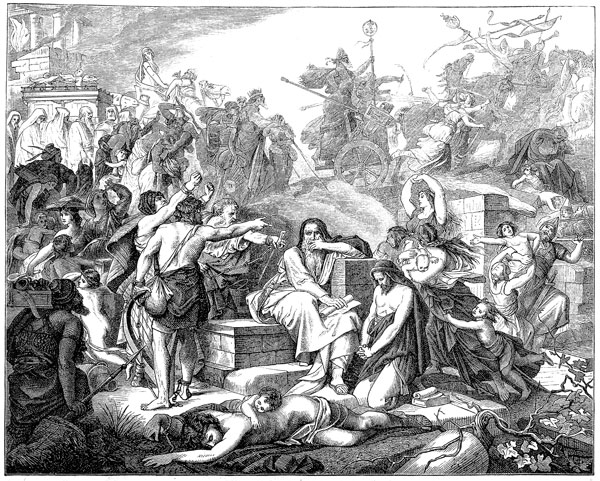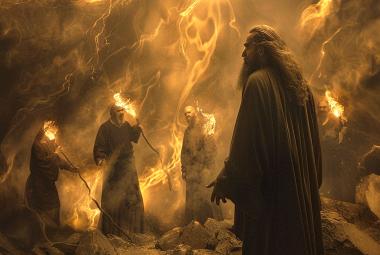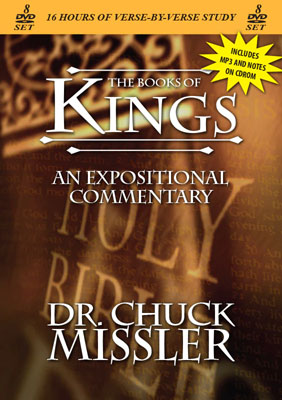The Sins of Judah: From David’s Throne to Babylonian Exile and the Power of Repentance
The history of ancient Israel, particularly the southern kingdom of Judah, is a tragic tale of covenant, betrayal, and God’s divine mercy as recorded in numerous manuscripts of antiquities. Spanning from the reign of King David around 1000 BC to the fall of King Zedekiah in 586 BC, this period witnessed a cycle of faithfulness, moral decay, and prophetic warnings. The countless wicked sins that ultimately led to Judah’s captivity in Babylon were not isolated acts, but a persistent pattern of idolatry, injustice, and covenant-breaking that provoked God’s judgment. Yet, interwoven in this narrative is a theme of hope: when the people turned back to God through genuine repentance and reform, His judgment was often stayed or delayed, demonstrating His longsuffering and desire for restoration (Ezekiel 36:26).
The Golden Age and the Seeds of Sin: From David to Solomon
King David, described in the Bible as “a man after God’s own heart” (1 Samuel 13:14), established the kingdom of Israel, rooted in devotion to Yahweh, the God of Israel. His reign was marked by military victories, the centralization of worship in Jerusalem, and the composition of psalms that exalted God’s law. However, David was not immune to sin; his adultery with Bathsheba and the murder of Uriah (2 Samuel 11) continued a precedent for moral failings among Israel’s leaders. These personal sins, while forgiven after repentance, foreshadowed broader national issues.

David’s son Solomon inherited a prosperous kingdom and built the magnificent First Temple (960 BC) in Jerusalem as a symbol of God’s presence (1 Kings 6-8). Initially wise and faithful, Solomon’s later years introduced the seeds of Judah’s downfall. Influenced by his many foreign wives, he tolerated and even participated in idolatry, building high places for pagan gods like Ashtoreth, Chemosh, and Molech (1 Kings 11:4-8). This amalgamation of Yahweh worship with other gods violated the first commandment of the Mosaic Covenant: “You shall have no other gods before me” (Exodus 20:3). Solomon’s actions divided the kingdom after his death in 931 BC, splitting it into the northern kingdom of Israel and the southern kingdom of Judah. While Israel fell to Assyria in 722 BC due to similar sins, Judah’s story continued, plagued by recurring idolatry.
The Divided Kingdom: Idolatry and Injustice in Judah
Following the split, Judah’s kings ruled from Jerusalem, with the Davidic dynasty providing a thread of continuity. However, the Bible’s historical books (1-2 Kings and 1-2 Chronicles) portray a fluctuating commitment to God’s law. Many kings perpetuated or exacerbated the sins begun under Solomon:
- Rehoboam and Abijah (931-913 B.C): Rehoboam’s harsh rule led to the division, and he allowed high places and Asherah poles, symbols of Canaanite fertility cults, to proliferate (1 Kings 14:22-24). This idolatry included sacred prostitution, a direct affront to God’s holiness.
- Asa and Jehoshaphat (913-841 B.C): These kings initiated reforms, removing idols and seeking God, which temporarily stayed judgment (2 Chronicles 15:12-15). Asa’s removal of high places and Jehoshaphat’s promotion of Torah teaching illustrate how repentance could bring prosperity and peace.
- The Cycle of Wicked Kings: Subsequent rulers like Jehoram, Ahaziah, and Athaliah introduced Baal worship, influenced by alliances with the northern kingdom (2 Kings 8:18). Queen Athaliah’s usurpation and promotion of paganism nearly extinguished the Davidic line (2 Kings 11).
The core sins during this era were twofold: idolatry and injustice. Idolatry manifested in the worship of false gods, child sacrifices to Molech (2 Kings 16:3), and the desecration of the Temple. Sins of injustice included oppression of the poor, corrupt judges, and false prophets who endorsed immorality (Amos 2:6-8; Micah 3:1-3). Prophets like Isaiah and Micah warned that these violations of the covenant, given at Sinai, invited divine wrath, likening Judah to Sodom and Gomorrah (Isaiah 1:9-10).
The Height of Apostasy: From Hezekiah to Zedekiah
The late kingdom period saw dramatic swings between reform and relapse, culminating in exile.
- Hezekiah (715-686 BC): Facing Assyrian threats, Hezekiah purged idols, destroyed the bronze serpent from Moses’ time (which had become an idol), and centralized worship in Jerusalem (2 Kings 18:3-6). His repentance and trust in God led to miraculous deliverance from Sennacherib’s siege (2 Kings 19). This illustrates how turning to God could avert disaster; Isaiah prophesied that God would defend Jerusalem “for my own sake and for the sake of my servant David” (2 Kings 19:34).
- Manasseh and Amon (686-640 BC): Manasseh reversed Hezekiah’s reforms, rebuilding high places, practicing sorcery, and shedding innocent blood (2 Kings 21:2-9). His 55-year reign is cited as a primary cause of Judah’s doom, as God declared through prophets that Jerusalem would be wiped clean like a dish (2 Kings 21:13). Amon continued this wickedness briefly.
- Josiah (640-609 BC): A bright spot of reform, Josiah rediscovered the Book of the Law, tore down idols, and celebrated Passover (2 Kings 22-23). His heartfelt repentance delayed judgment: God promised, “Because your heart was responsive... I will not bring disaster in your lifetime” (2 Kings 22:19-20). However, the reforms were superficial for many, and sin persisted.
- The Final Kings: Jehoahaz, Jehoiakim, Jehoiachin, and Zedekiah (609-586 BC): These rulers ignored prophetic warnings from Jeremiah and Ezekiel. Jehoiakim burned Jeremiah’s scroll (Jeremiah 36), symbolizing his rejection
of God’s word. Zedekiah, the last king, vacillated between alliances with Egypt and Babylon while doing evil in the eyes of the LORD (2 Kings 24-25). Jeremiah prophesied that by breaking the covenant, oppressing the vulnerable, and trusting in false security, Judah’s fate was sealed (Jeremiah 2:13; 7:5-7).

Eduard Bendemann (1811 - 1889)
The accumulation of these sins provoked God’s divine judgment. As foretold, the Babylonian King Nebuchadnezzar besieged Jerusalem multiple times, concluding in 586 BC with the city’s destruction, the Temple’s burning, and the exile of Judah’s elite to Babylon (2 Kings 25:8-21). This captivity, lasting about 70 years, fulfilled prophecies like Jeremiah 25:11-12, serving as punishment for centuries of unrighteousness.
The Mercy in Judgment: How Repentance Stays God’s Hand
Throughout this history, the Bible emphasizes that God’s judgment is not capricious but a response to persistent sin, often after repeated warnings. Prophets like Hosea portrayed God’s relationship with Israel as a faithful husband to an unfaithful wife, longing for reconciliation (Hosea 2:14-23). Yet, divine patience has limits; as Ezekiel noted, the people’s sins had “filled the measure” (Ezekiel 9:9-10).
Crucially, repentance could, and did, stay God’s judgment. Examples include:
- Hezekiah’s Prayer: Facing terminal illness and national threat, his tears and humility extended his life and saved Jerusalem (Isaiah 38:1-5).
- Josiah’s Reforms: His actions postponed exile, showing that national revival could mitigate consequences.
- Broader Biblical Principle: Passages like 2 Chronicles 7:14 promise, “If my people... humble themselves and pray and seek my face and turn from their wicked ways, then I will hear from heaven, and I will forgive their sin and will heal their land.” This echoes in Jonah’s story, where Nineveh’s repentance averted destruction (Jonah 3).
Even in exile, hope persisted. Jeremiah encouraged the captives to seek God wholeheartedly, promising restoration (Jeremiah 29:10-14). The return under Cyrus in 538 BC validated this: turning back to God stays His judgment, offering renewal.
Lessons for Today
The chronicle from David to Zedekiah serves as a cautionary narrative in Scripture, illustrating how personal and national sins erode covenant blessings. Idolatry, whether ancient Baal or modern equivalents like materialism and self-seeking, invites divine discipline. Yet, the overarching message is one of grace: God is “slow to anger and abounding in love” (Exodus 34:6), eager to relent when hearts turn to Him. For contemporary readers, this history underscores the timeless call, reminding us that no sin is beyond forgiveness if met with genuine repentance and obedience. As the Psalmist declares, “The Lord is near to all who call on him, to all who call on him in truth” (Psalm 145:18).






